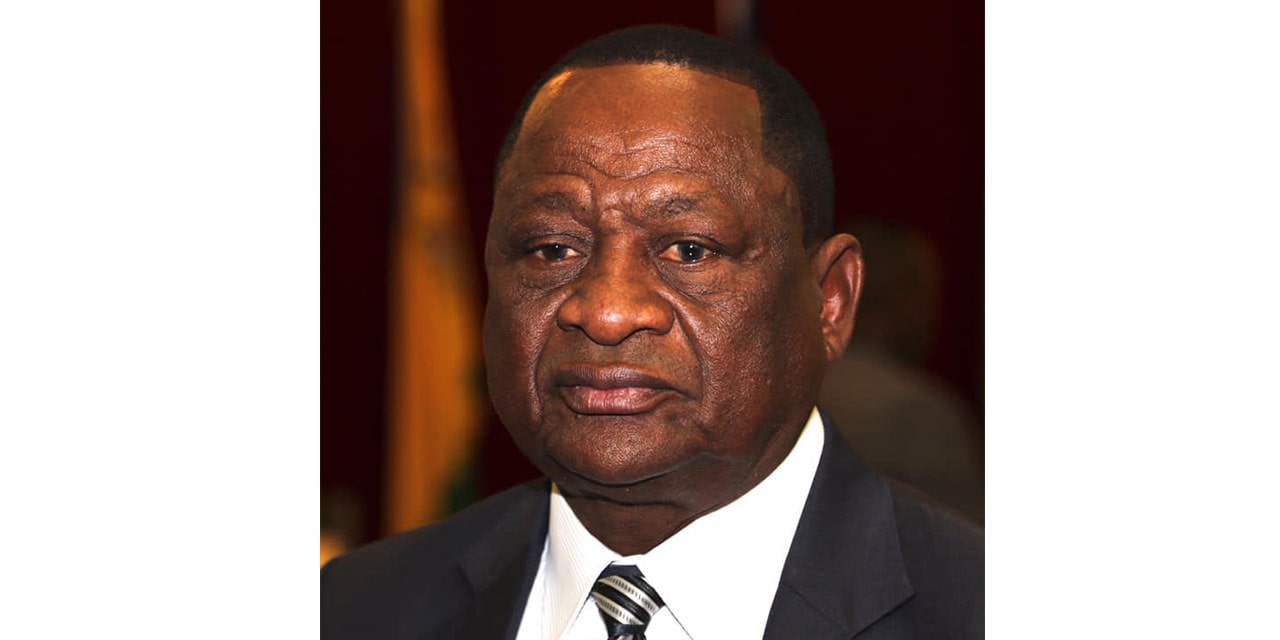Niël Terblanché
In a significant step towards strengthening its public health response mechanisms, Namibia recently conducted an After-Action Review (AAR) in collaboration with the World Health Organization (WHO) to assess its response to the Crimean Congo Haemorrhagic (CCHF) outbreak that occurred earlier this year.
The AAR brought together various stakeholders in Windhoek to document the activities undertaken during the CCHF outbreak and evaluate Namibia’s preparedness and response capacity.
The CCHF outbreak was first confirmed in the Gobabis District of the Omaheke Region on May 21, 2023, following the unfortunate death of an individual confirmed to have CCHF just three days earlier.
Subsequently, the Minister of Health and Social Services, Dr. Kalumbi Shangula, officially declared the outbreak on May 22, 2023. Despite there being only one confirmed case during the outbreak, it met the criteria for an outbreak according to the National Integrated Disease Surveillance and Response (IDSR) 3rd Edition Technical Guidelines.
During the outbreak, fifty-six contacts were identified and monitored, and fortunately, no infections were recorded among them. As a result, Dr. Shangula declared an end to the CCHF outbreak on June 19, 2023. The AAR was conducted as part of the International Health Regulations (IHR 2005) Monitoring and Evaluation framework, recommended to be carried out within three months after the conclusion of a public health response.
The AAR methodology brought together fifty-eight participants from various sectors, including national and regional health directorates, public health facilities, private facilities, and health partners such as the WHO country office, Namibia Red Cross Society, Namibia Institute of Pathology, City of Windhoek, Namibia Field Epidemiology and Laboratory Programme, Robert Koch Institute, Farmers Union, and Ministry of Agriculture, Water and Land Reform.
Participants were divided into groups focusing on different aspects of the CCHF outbreak response, such as coordination, surveillance, case management, infection and prevention control, risk communication and community engagement, laboratory, psychosocial support, and safe dignified burial.
The AAR involved a thorough review of preparedness and response activities before and during the outbreak, with participants answering critical questions aimed at identifying gaps, lessons learned, and best practices. Notable best practices included the timely activation of management committees, a one-health approach to limit the outbreak’s spread between humans and animals, the use of real-time communication platforms to implement resolutions, and strong collaboration with partners and stakeholders to mobilize resources.
The AAR concluded with the development of a comprehensive action plan to implement corrective actions, enhance preparedness, and improve future responses to CCHF and other emergencies. The action plan outlines prioritized activities, a timeline for implementation, and a follow-up mechanism.
Participants emphasized the importance of considering the AAR as a learning opportunity and capacity-building exercise, emphasizing the need to implement corrective actions for future public health events. They also stressed the significance of community engagement during outbreak responses.
The World Health Organization (WHO) will support Namibia’s Ministry of Health and Social Services in developing the corrective action plan based on the identified gaps and will finalize the AAR report.
This is the third time Namibia has conducted an after-action review for CCHF outbreaks, but notably, it is the first time the country has done so with minimal external support from WHO AFRO.
The greater independence emphasized the growing capacity within Namibia to conduct AARs independently.




